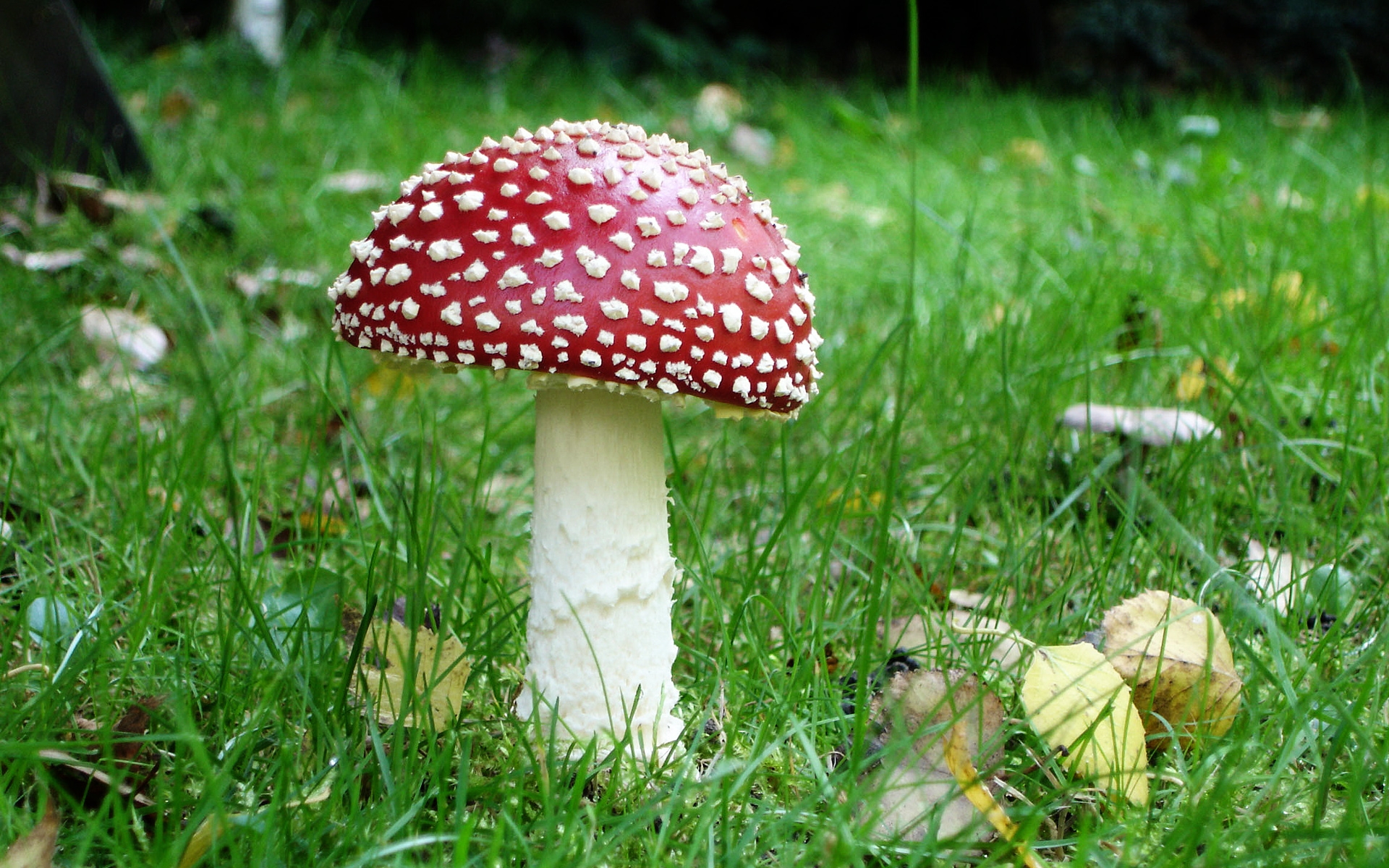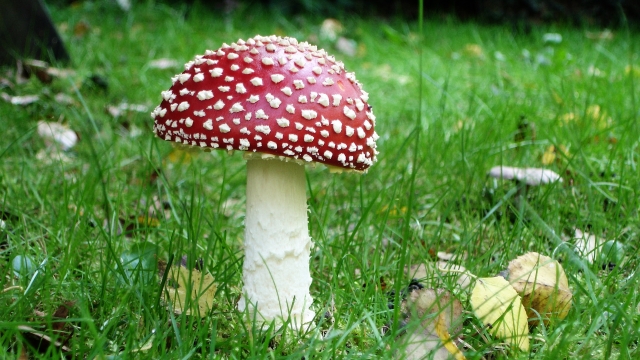
Mushrooms have long fascinated people with their unique shapes, earthy scent, and delicious taste. But have you ever wondered about the process behind cultivating these mysterious fungi? Mushroom growing, also known as mushroom cultivation, is an intricate art that combines science, patience, and a touch of magic. This ancient practice has been passed down through generations, with enthusiasts around the world delving into the secrets of growing their own mushrooms. Whether you’re a seasoned gardener or simply intrigued by the fungal world, join us on a journey as we unlock the secrets of mushroom cultivation and explore the wonders that lie within this fascinating realm.
Choosing the Right Mushroom Varieties
When it comes to mushroom growing, selecting the right varieties is crucial. The world of mushrooms is diverse, with numerous species to choose from. Each variety has its own unique characteristics and requirements for cultivation. By carefully considering the different options, you can ensure a successful and flourishing mushroom garden.
One aspect to consider when choosing mushroom varieties is their taste and culinary value. Some mushrooms, such as the popular button mushrooms, have a mild flavor that pairs well with a variety of dishes. Others, like shiitake mushrooms, offer a more robust and earthy taste that adds depth to soups and stir-fries. By understanding the flavor profiles of different mushrooms, you can select varieties that best suit your taste preferences and culinary endeavors.
Another important factor to take into account is the growing conditions required by each mushroom species. Certain varieties thrive in specific environments, such as the oyster mushrooms which prefer cooler temperatures. On the other hand, the lion’s mane mushrooms prefer a more humid and controlled climate. By assessing the available growing space and the conditions you can provide, you can identify the ideal mushroom varieties that will flourish in your chosen setup.
Additionally, it’s worth considering the market demand and potential profitability of different mushroom varieties. While some mushrooms are readily available in stores, others are more exotic and can command higher prices. By selecting niche varieties that are in demand, you may have the opportunity to turn your mushroom growing hobby into a profitable venture.
In conclusion, choosing the right mushroom varieties is a crucial step in successful mushroom cultivation. By considering factors such as taste, growing conditions, and market demand, you can make informed decisions that will set the foundation for a thriving mushroom garden.
Creating the Ideal Growing Environment
To successfully grow mushrooms, it is crucial to create the ideal environment that caters to their specific needs. Temperature, humidity, and lighting are key factors to consider when cultivating these fascinating fungi.
Firstly, maintaining the right temperature is essential. Different mushroom species have different temperature requirements, so it’s important to research and understand the needs of the particular mushrooms you are cultivating. Generally, a temperature range of 60 to 75 degrees Fahrenheit (15 to 24 degrees Celsius) is ideal for most varieties. Consistency is key, so investing in a reliable thermometer and temperature control system is highly recommended.
Secondly, humidity plays a vital role in mushroom cultivation. Mushrooms thrive in moist environments, so maintaining proper humidity levels is crucial for their growth. Most varieties prefer a relative humidity level between 80% and 90%. To achieve and maintain this level, utilizing a humidifier or a mister can be extremely helpful. It’s important to regularly monitor and adjust the humidity to ensure optimal conditions for mushroom growth.
Lastly, providing the right amount and quality of light is important for mushrooms. While they don’t require direct sunlight like plants, mushrooms do need some amount of light to trigger certain growth processes. However, too much light can be detrimental and hinder their development. Indirect natural light or low-intensity artificial light sources, such as fluorescent or LED lights, are generally sufficient. It’s advisable to experiment and find the correct balance of light exposure that works best for the specific mushroom species you are cultivating.
By meticulously creating and maintaining the ideal growing environment for your mushrooms, you can maximize their growth potential and unlock the secrets of successful mushroom cultivation.
Cultivating Mushrooms from Start to Harvest
The process of growing mushrooms can be a rewarding and fascinating endeavor. Whether you are a seasoned gardener or a hobbyist looking to try something new, mushroom cultivation offers a unique and sustainable way to enjoy the delicious flavors and health benefits that mushrooms have to offer.
To begin the journey of mushroom growing, you will first need to acquire mushroom spawn. Spawn is essentially the mycelium, or the root structure of the mushroom, which will eventually grow into the fruiting bodies we recognize as mushrooms. There are various types of mushroom spawn available, each suited for different species of mushrooms.
Once you have obtained the mushroom spawn, the next step is to prepare a substrate, or a growing medium, where the mycelium can thrive. This can be a blend of different organic materials such as straw, sawdust, or wood chips. It is important to sterilize or pasteurize the substrate to eliminate any competing organisms that may hinder mushroom growth.
After preparing the substrate, it’s time to inoculate it with the mushroom spawn. This can be done by mixing the spawn into the substrate and ensuring an even distribution throughout. Once inoculated, the mycelium will start colonizing the substrate, spreading and growing beneath the surface.
Maintaining the ideal environmental conditions is crucial for successful mushroom cultivation. Mushrooms thrive in a moist, dark, and well-ventilated environment. Humidity levels should be monitored and controlled, and fresh air exchange is necessary to provide oxygen to the growing mycelium.
As the mycelium continues to grow and develop, small pin-like structures will begin to emerge from the substrate. These are known as primordia and are the initial stages of mushroom formation. With time, these primordia will grow larger and mature into fully developed mushrooms.
Harvesting the mushrooms should be done carefully to avoid damaging the delicate fungal structures. Different mushroom species have different ideal sizes and maturity stages for harvesting. Generally, it is best to harvest mushrooms when the caps have fully opened but before the spores are released. This ensures the best texture, flavor, and nutritional value.
In conclusion, mushroom cultivation is a fascinating journey from start to harvest. By obtaining the right spawn, preparing the substrate, creating optimal growth conditions, and monitoring the stages of mushroom development, you can enjoy the fruits of your labor and delve into the wonders of mushroom growing.



